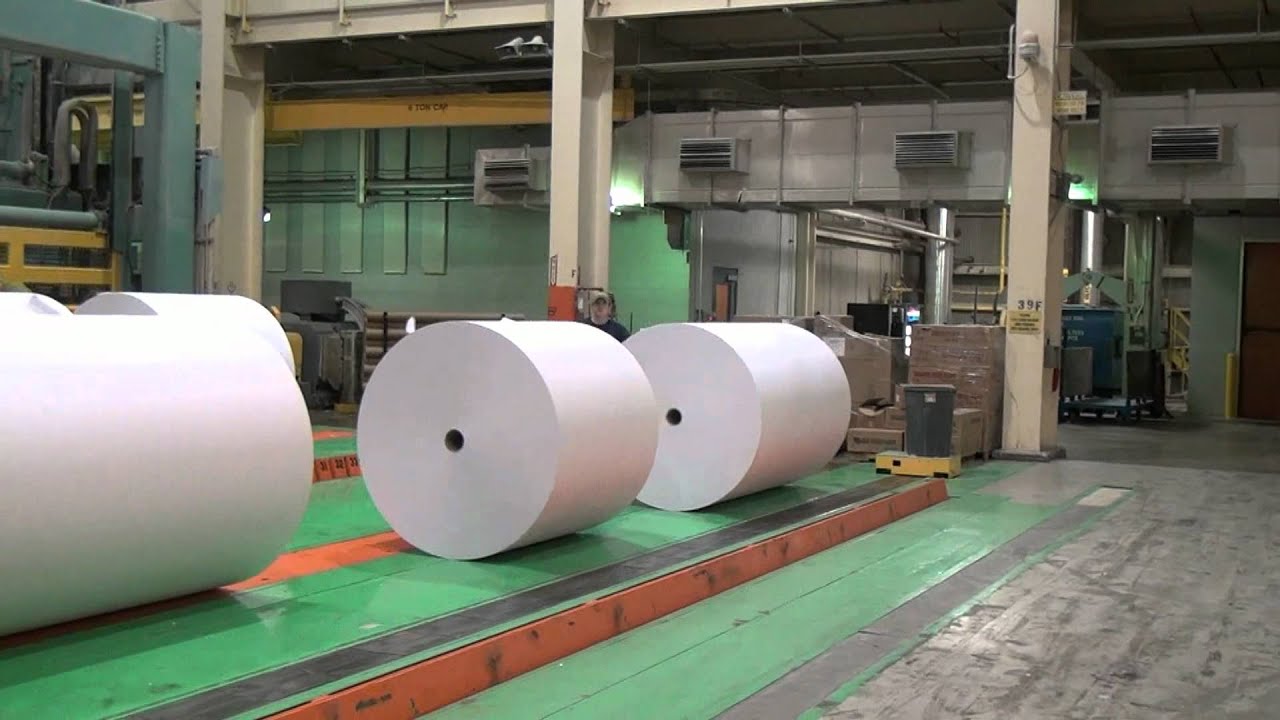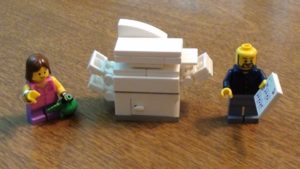Sacramento Copiers is here to help you start your 2019 off right.
Optimize your offices productivity by lowering copier downtime. Kick off 2019 by ending your 2018 with a full PM on all your print devices. After your MFP has had its spa day, implement these practices to keep her running like a champ.
Use quality paper

Paper quality can make or break any piece of print equipment. Paper quality determines how much dust ends up settling in your machine.
Stay away from office supply store generics if possible. Staples brand paper and recycled paper tend to leave a concerning amount paper dust in the paper paths. If you absolutely must go with something generic, Office Depot brand paper is impressive in comparison to its competitors.
Laser printer paper is generally expensive. Hammermill and Boise cost more than generics, but not by too much. Spending the extra $15.00 could mean saving hundreds on unnecessary visits from your copier technician.
Unsure about a paper’s quality? Call a local print equipment repair company. Copier technicians tend to have a strong opinion on the topic and generally will not mind sharing their knowledge.
OEM Versus Generic or Rebuilt Toners
Copiers can be expensive to run and  maintain, but they do not have to be. When purchasing supplies for your print equipment, use only OEM (Original Engine Manufacturer).
maintain, but they do not have to be. When purchasing supplies for your print equipment, use only OEM (Original Engine Manufacturer).
Using anything else almost always ends your Multi-Function Print Device’s life prematurely. If you are lucky, you will only destroy expensive image-creation components.
Toner and waste toner transport, drums and developers are all at risk when low-quality toners are installed. Fusers, transfer belts and (in extreme situations) circuit boards may also be affected. Saving $100 on your toner purchase means spending potentially thousands in the long run.
When a laser print device is engineered, it expects a that the intended transfer bias will be appropriate for toner transfer. The problem with generic toner is that the size of individual particles are not regulated. This makes for toner residue in the copier. Damaging delicate image processing surfaces. The excess toner will also eventually cake up in the fusing section. With some fusers costing as much as $2,000, this is a real problem.
Deciding how often to call your technician
 Plan on having a technician come out to visit your copiers as often as you and your copier technician deem necessary.
Plan on having a technician come out to visit your copiers as often as you and your copier technician deem necessary.
Not unlike cars, there are many maintenance procedures to be expected throughout the machine’s life. This ranges from replacing balding rollers, rebuilding and/or replacing image creation components (i.e. drum, developer, blade, charge). Your technician can calculate your average volume and report back to you when they should return.
If your copier is installed in an ideal print environment, and using OEM toner, and is using high-quality paper, then the manufacturer's estimation should be an accurate estimation.
If your equipment lives in an excessively moist and dusty environment (for instance, a garage or warehouse) then you should expect to call a technician far more often than you would for a machine in a climate-controlled office.
Appropriate print volume for your copier
Under-using and over-using a copier has a lot to do with how long the machine will perform before maintenance is required. Under use a high-volume mfp and you could potentially end up with issues due to constant calibration and moving parts stiffening and squeaking.
If you have a monthly volume of 10,000 sheets, a production printer will not perform tasks with the efficiency in which it was designed. You will have the same results if you are printing 200,000 sheets monthly on your standard 45 page per minute office copier. The copier specs may say that the machine is capable of that many prints and more, but that volume is just going to make for a short-lived life.
What else can end users do to keep their copier happy?
Clean Clean Clean! Clean copiers work better than dirty copiers. It is just a fact of life.
Copiers are the most expensive dust magnets you will ever purchase. Keep a dust rag near your equipment. While waiting for large jobs to complete, dust off your machines exterior, paper trays, and (with extreme caution) even the paper path.
You will also want to keep your copier on a vacuumed carpet or rug. Keeping dust around the machine to a minimum helps keep your electrical section free of excess dust. Excess dust insulates wires and circuit boards, leaving them susceptible to scorching.
Here is to New Year free of frustration! From Sacramento Copiers office to yours, Happy New Year!



